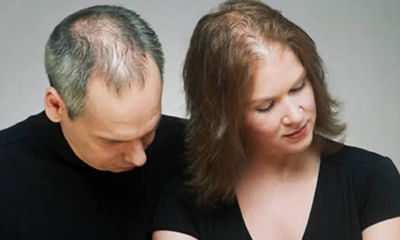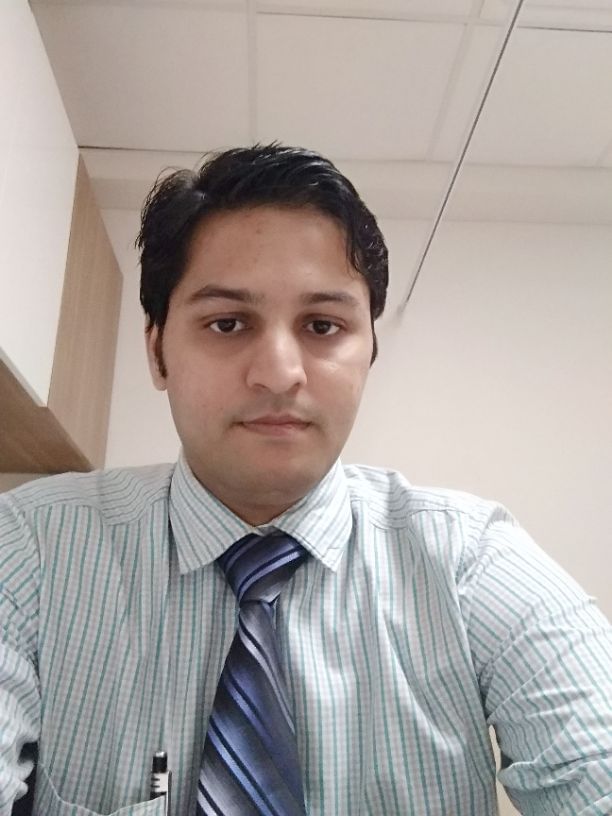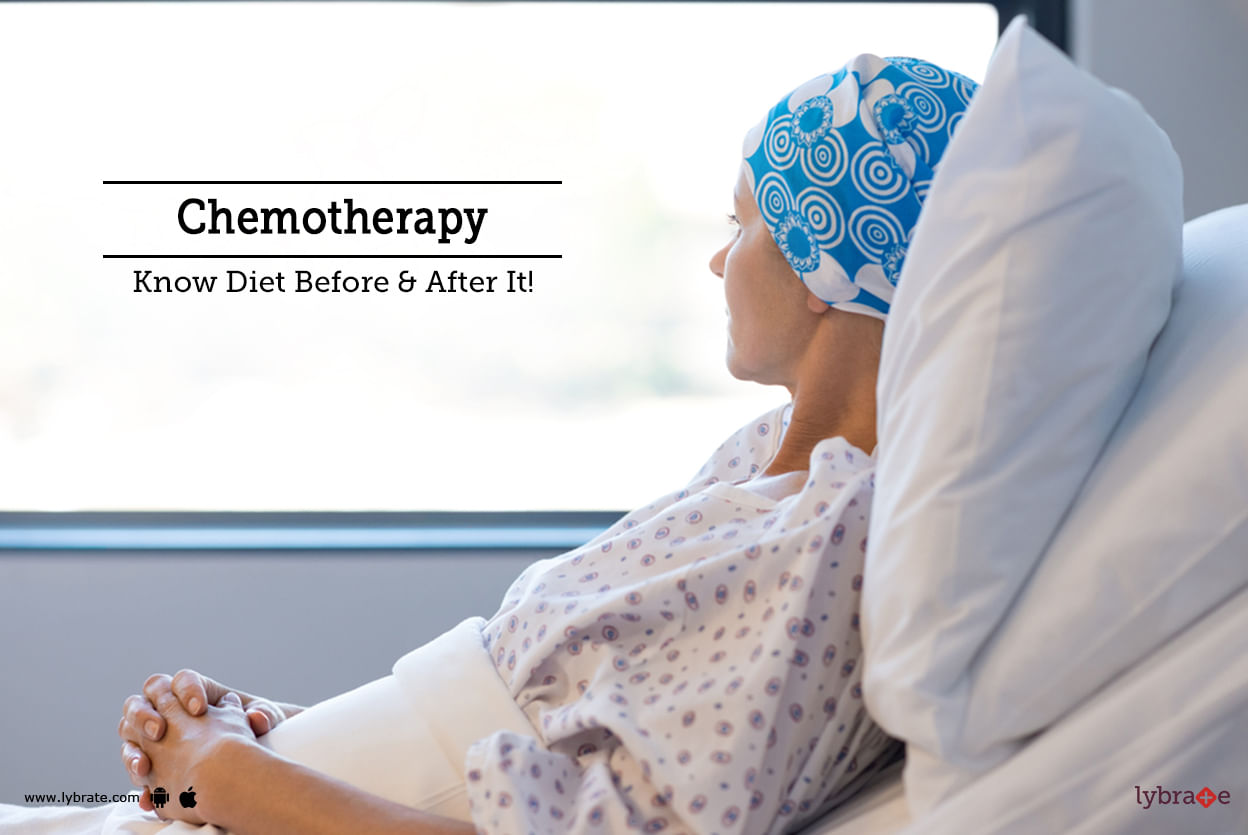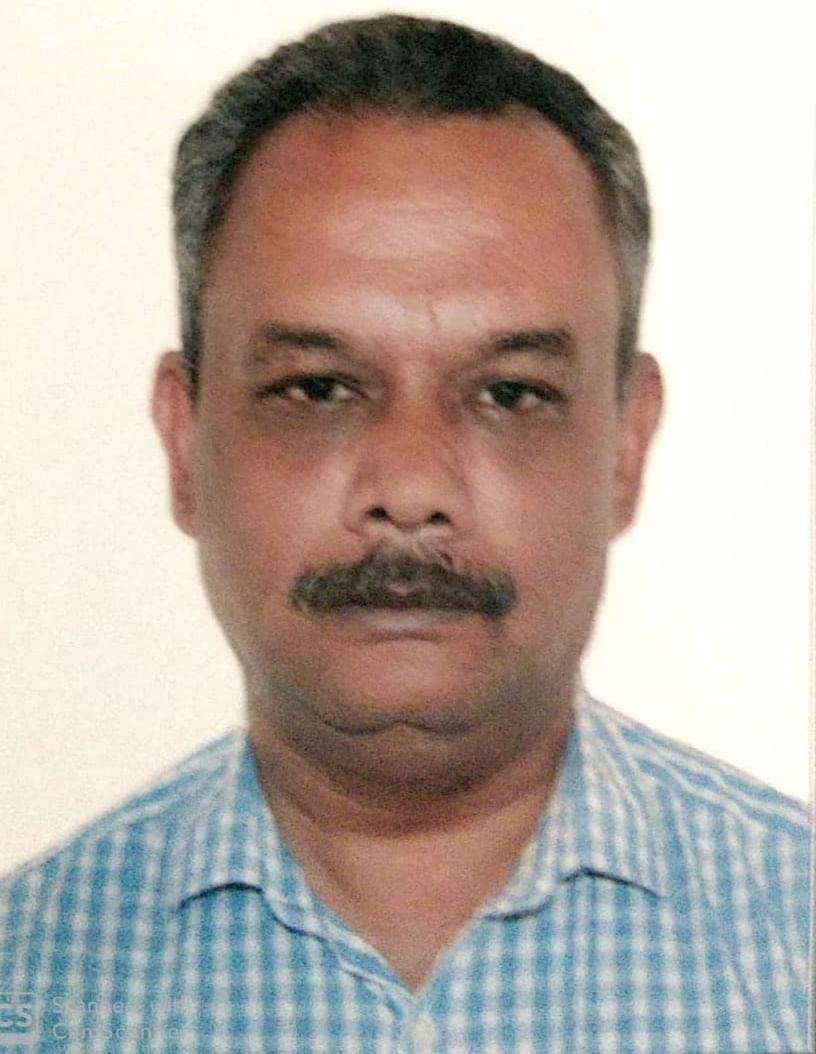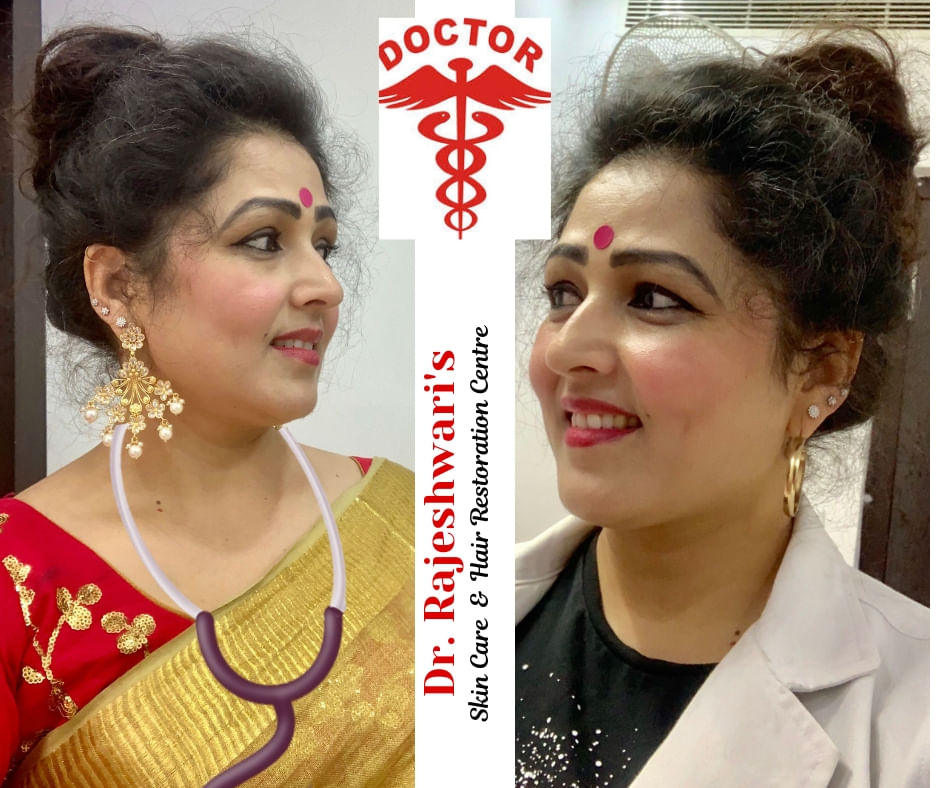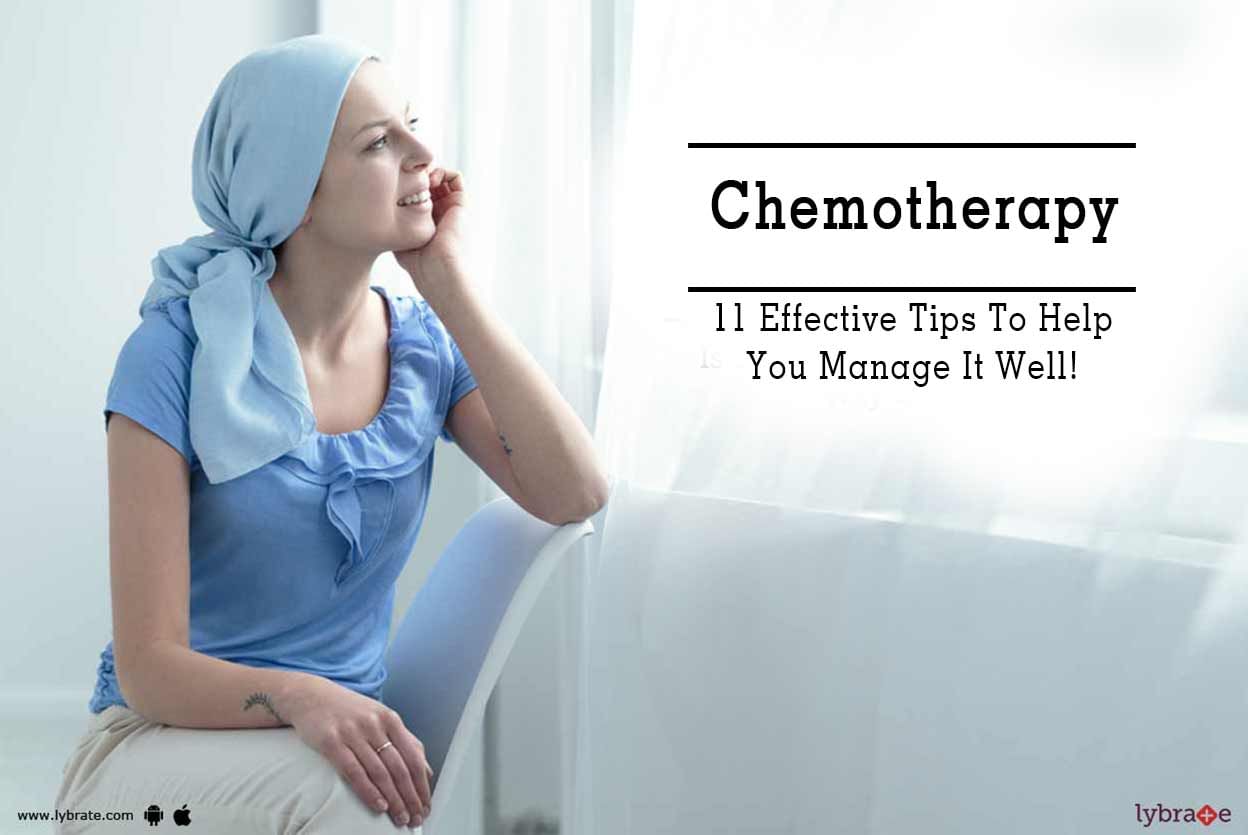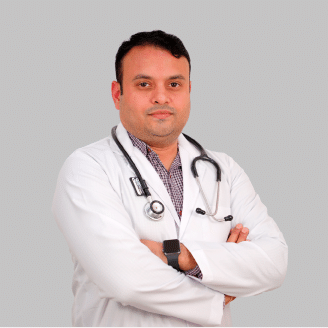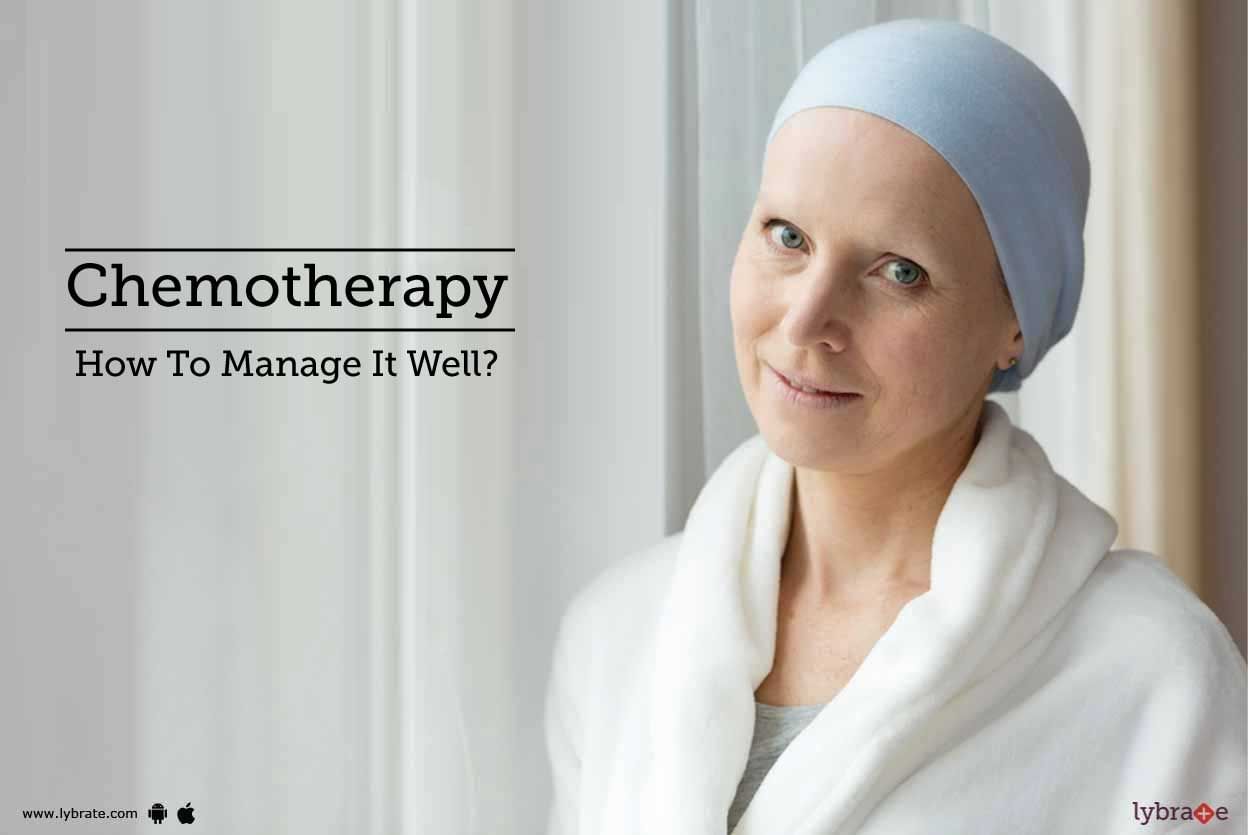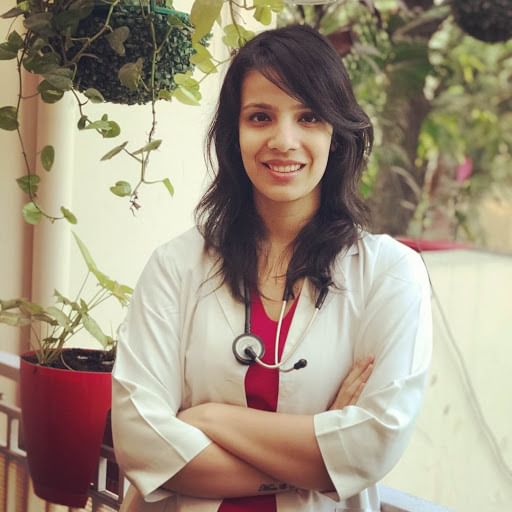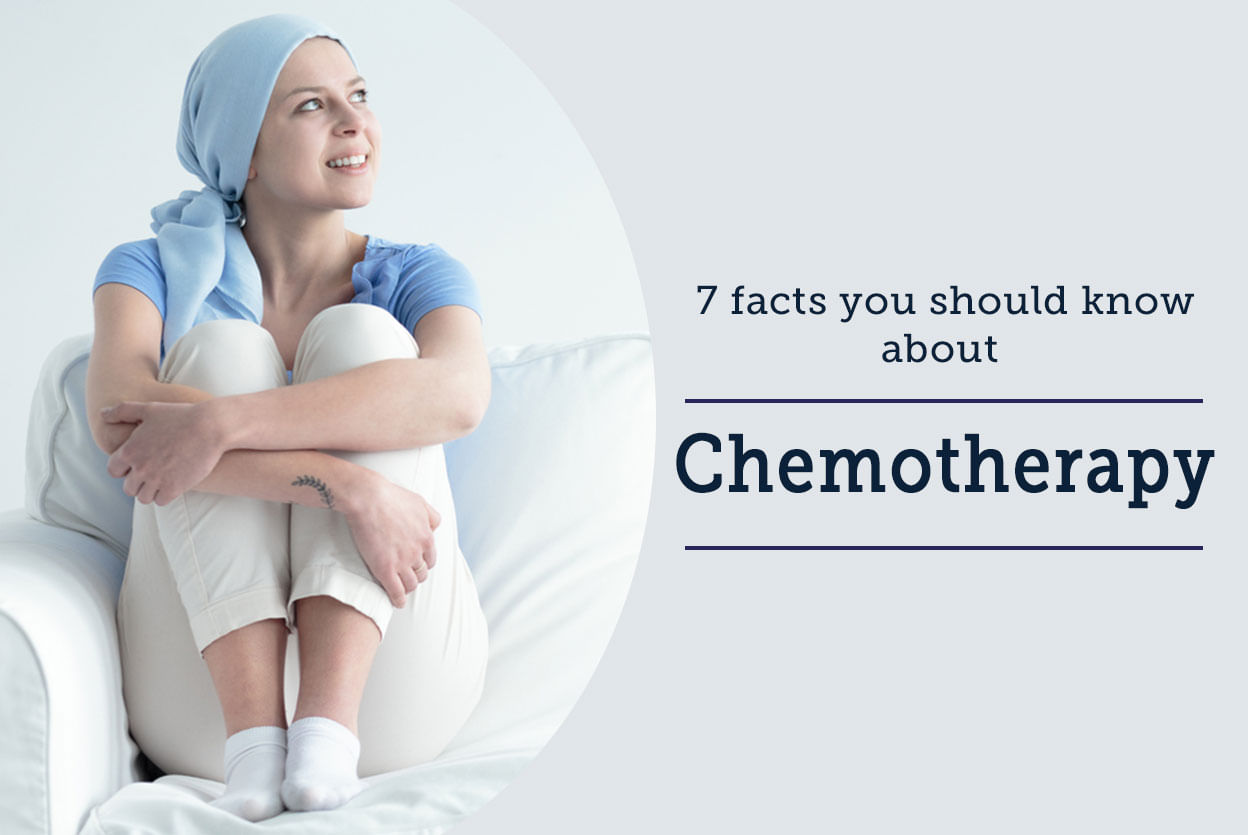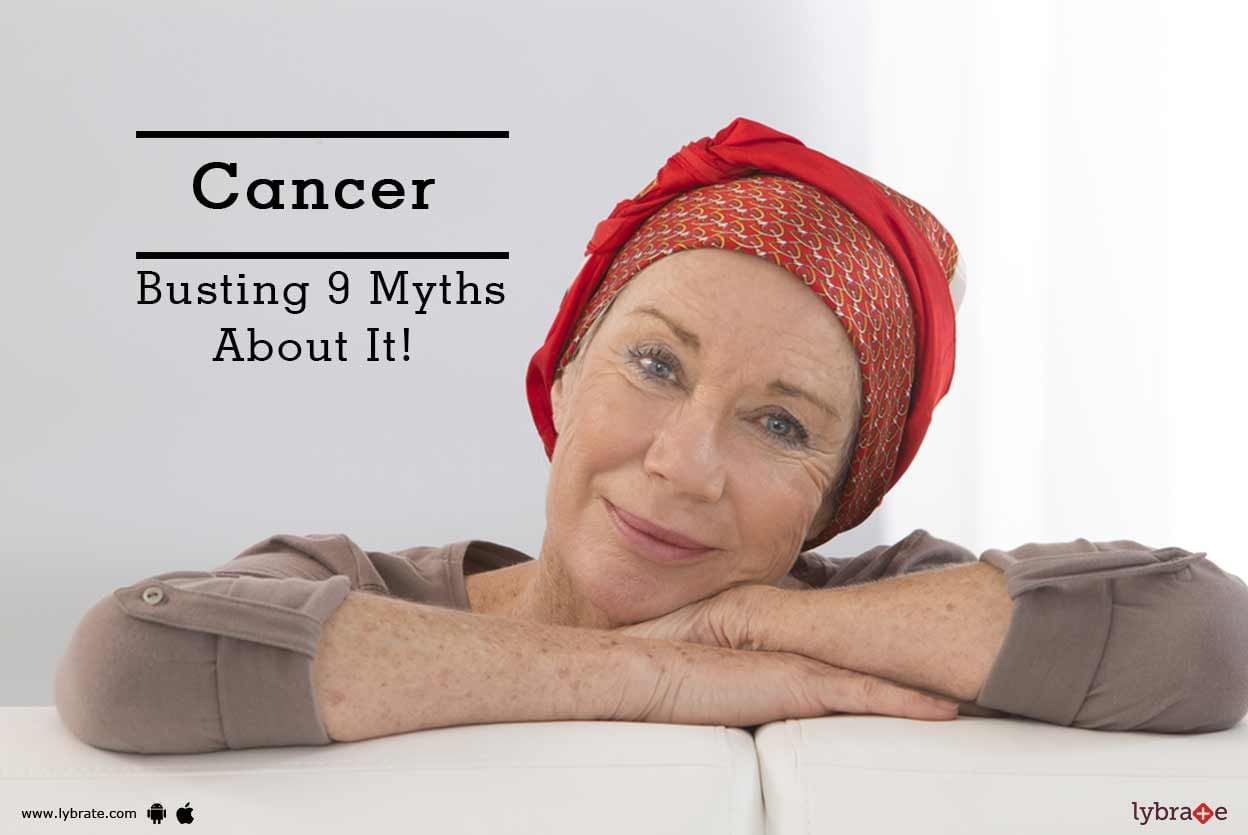Get the App
For Doctors
Login/Sign-up
About
Health Feed
Find Doctors
Health Packages
AllQ&AsTipsQuizzes
Chemotherapy Health Feed
Asked for male, 24 years old from Alappuzha
Share
Bookmark
Report
Asked for male, 34 years old from Hyderabad
Share
Bookmark
Report
So the final diagnosis is pre b cell all with ph positive.
I believe autologous transplant was done since you had a very good response to chemo and mrd was negative.
So I think prognosis appears good.
Please continue imatinib.
I believe autologous transplant was done since you had a very good response to chemo and mrd was negative.
So I think prognosis appears good.
Please continue imatinib.
Last Updated: 5 years ago• Featured Tip
Share
Bookmark
Report
Chemotherapy is the standard treatment for curing cancer. The procedure includes administering anti-cancer drugs that attack the cancer cells and kill them. This prevents the cancer cells from growing further. As a part of chemotherapy, the person may also undergo radiation therapy and surgery.
But along with destroying the cancer cells, chemotherapy also kills your appetite. You may suffer from nausea, vomiting, sore throat and diarrhoea. As maintaining your diet is crucial for the suc...more
But along with destroying the cancer cells, chemotherapy also kills your appetite. You may suffer from nausea, vomiting, sore throat and diarrhoea. As maintaining your diet is crucial for the suc...more
Asked for female, 53 years old from Akola
Share
Bookmark
Report
While these may be the side effects of chemotherapy, they may also be a subtle pointer towards drop in white blood cell counts specially if the patient is taking the chemotherapy on a weekly basis. The patient also needs good pain management.
Last Updated: 5 years ago• Featured Tip
Share
Bookmark
Report
If a person gets diagnosed with cancer and he/she will get started off with their chemotherapy or radiation treatment, quite typically the hair loss would begin within 10 to 14 days after having gone through the first treatment.
The ideal thing that people can do well before his or her chemotherapy treatment gets underway, is to know exactly what needs to be done for hair loss prior to their first treatment. The activities can involve:
Going through certain videos that are avai...more
The ideal thing that people can do well before his or her chemotherapy treatment gets underway, is to know exactly what needs to be done for hair loss prior to their first treatment. The activities can involve:
Going through certain videos that are avai...more
Last Updated: 6 years ago• Featured Tip
Share
Bookmark
Report
Chemotherapy can be frightening, and the very thought of going through it can be an ordeal for most people. Many resources and tips can be used to minimize the discomfort and lessen the burden.
Let us have a look at a few of these:
Support network: Chemotherapy can be physically daunting and more than the treatment a person needs all the emotional and moral support he/she can get. Have friends and family always by your side. You can have peace of mind when there is a person you...more
Let us have a look at a few of these:
Support network: Chemotherapy can be physically daunting and more than the treatment a person needs all the emotional and moral support he/she can get. Have friends and family always by your side. You can have peace of mind when there is a person you...more
Last Updated: 6 years ago• Featured Tip
Share
Bookmark
Report
Chemotherapy can be frightening, and the very thought of going through it can be an ordeal for most people. Many resources and tips can be used to minimize the discomfort and lessen the burden. Let us have a look at a few of these.
Support network: Chemotherapy can be physically daunting and more than the treatment a person needs all the emotional and moral support he/she can get. Have friends and family always by your side. You can have peace of mind when there is a person you can trus...more
Support network: Chemotherapy can be physically daunting and more than the treatment a person needs all the emotional and moral support he/she can get. Have friends and family always by your side. You can have peace of mind when there is a person you can trus...more
Last Updated: 6 years ago• Featured Tip
Share
Bookmark
Report
AVN is the acronym for avascular necrosis, which mostly affects the hip bone. This complication develops when there is a loss of blood flow to the bones. Being a living tissue, bones require a continuous supply of blood, and if there is an interruption to this supply for a long time, bones suffer from avascular necrosis. The longer duration of this condition may cause bone death. Apart from the hips, AVN may also affect other sites like knees, shoulder, ankles, etc.
Symptoms -
...more
Symptoms -
...more
Last Updated: 6 years ago• Featured Tip
Share
Bookmark
Report
Chemotherapy is an integral part of cancer treatment. Anti-cancer drugs are used to target the cancerous cells and destroy them to prevent the spread of the disease. The very name of chemotherapy may invoke fear but a lot of it is due to misconceptions or incorrect portrayal of the treatment and its effects by the mass media. So if you are due in for a chemotherapy session, arm yourself with these facts about this treatment to understand it better.
You will not have to stay hospitalized...more
You will not have to stay hospitalized...more
6 people found this helpful
Last Updated: 6 years ago• Featured Tip
Share
Bookmark
Report
Cancer, or the big C, is always in the news. Use any keyword related to cancer, and there is definitely information overload. Also, with more people surviving cancer, there are too many tales to tell. All this leads to misconceptions and myths, leaving people, who are looking for genuine information, completely confused.
The following are some common misconceptions:
Cancer is a new-age disease: There is reference to cancer in ancient Egyptian and Greek stories, so cancer is def...more
The following are some common misconceptions:
Cancer is a new-age disease: There is reference to cancer in ancient Egyptian and Greek stories, so cancer is def...more
Book appointment with top doctors for Chemotherapy treatment
View fees, clinic timings and reviews
Ask a free question
Get FREE multiple opinions from Doctors
posted anonymously


